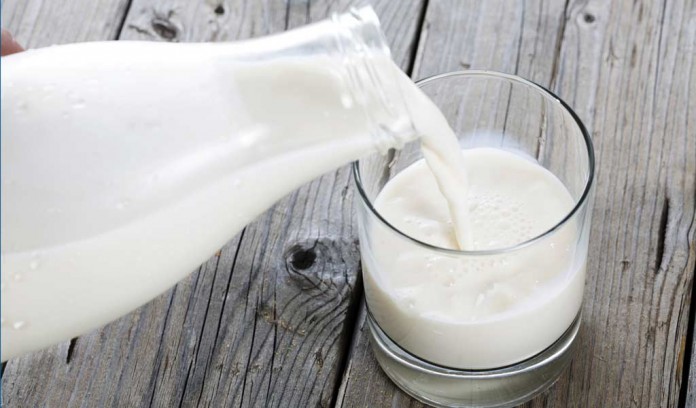SALEM, Ohio — A change is coming for Class I milk, as the U.S. Department of Agriculture (USDA) announced a price formula change will take effect May 1.
Under the Federal Milk Marketing Order (FMMO) program, the new prices will take the monthly average of Class III and Class IV milk and add 74 cents per hundredweight.
Prior to this May 1 change, the price was calculated using the higher of either Class III or Class IV milk price.
This change was negotiated by the National Milk Producers Federation and International Dairy Foods Association and inserted into the 2018 farm bill.
What’s it mean
Officials say this change could bring more stability to the price of Class I milk, and is designed to help reduce the fluctuation of cost for handlers selling Class I, or fluid, milk.
According to a USDA spokesperson, the price change will allow fluid milk handlers to better manage their price risks (raw milk cost changes) by using an average of the futures market contracts for Class III and Class IV “rather than having to guess which advance price will be higher.”
The amendment to the Class I Skim Milk price, which is set monthly, was a provision of the 2018 farm bill, and applies only to fluid milk.
Milk check
While farmers will see no difference on milk their milk checks, the change will be there.
“This particular move was not designed to enhance producer prices, but the effect of it though in the near future is there will be more money coming to producers,” said Geoff Vanden Heuvel, director of regulatory and economic affairs for the California-based Milk Producers Council. He thinks it will benefit dairy farmers, although that isn’t why regulators made the change.
According to Chris Galen, spokesman for the National Milk Producers Federation, the change “was meant to be essentially revenue neutral, meaning that it wasn’t going to necessarily increase farmer prices over the long term, but also not decrease them.”
Taking the average will be beneficial when Class III and Class IV prices are very similar because the average will be higher, and the prices being similar is likely to happen soon, according to Vanden Heuvel, which will add revenue to farmers’ checks.
“In the month of May, the Class I price is going to be about 66 cents per hundredweight higher than it would have been otherwise,” said Galen.
Federal milk marketing orders regulate the sale of milk between dairy farmers and the first buyer. USDA’s Agricultural Marketing Service oversees the 11 FMMOs that cover about 80 percent of the U.S. milk supply.













Will this lower the suicide rate for farmers which is double that of Vets? Crumbs from bureaucrats is exactly what we need. I shall lather on their empathy.